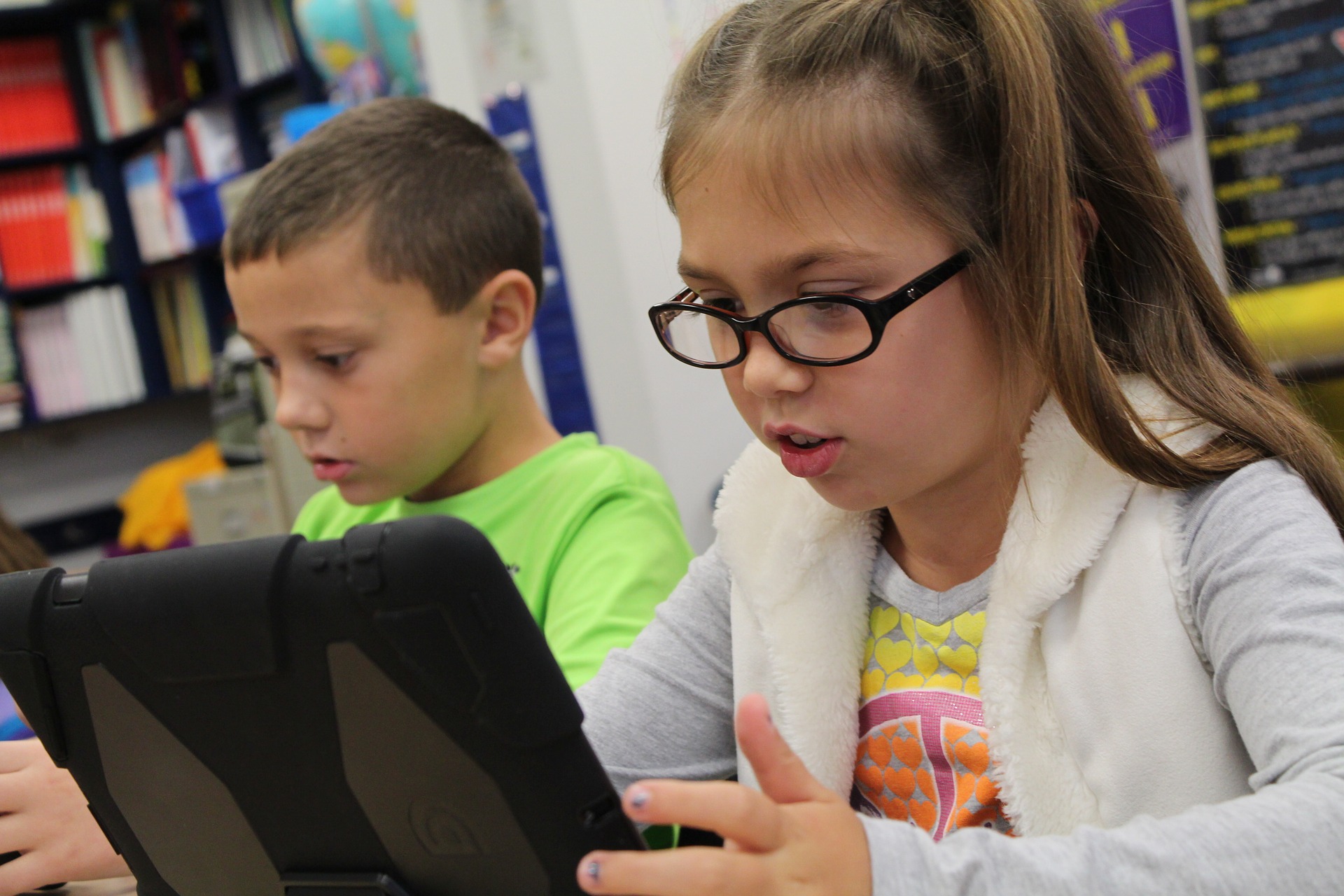
Today’s younger generations are growing up in a world that relies on technology. Everyday tasks like cooking, shopping and even sleeping are all driven by digital tools that simplify, improve and enhance those experiences. Using digital tools to support learning is no different.
More and more teachers are turning to game-based learning to provide immersive digital experiences that keep students engaged. If you’ve been wondering about game-based learning, here’s everything you need to know.
What is Game-Based Learning?
When exploring game-based learning for the first time, the term gamification might come to mind. However, it’s important to note that gamification and game-based learning are two separate concepts.
Digital innovator and video game producer Steven Issacs explains that gamification adds game-like elements to ordinary lessons. Awarding points and badges, assigning characters, working in teams and working up to higher levels are all gamification elements popular in classrooms.
In contrast, game-based learning relies on the use of an actual game to enhance learning. Rebecca Teed, associate professor at Wright State University, says game-based learning uses competitive exercises to motivate students to explore and learn new concepts. In order for this form of motivated learning to work, however, she adds that there must be points, team achievements or some other form of scoring. Using games to teach lessons may feel uncomfortable at first, but they should be viewed as tools for learning.
Matthew Farber, a game-based learning expert and assistant professor at the University of Northern Colorado, writes that games are simply educational resources that can support learning concepts. Similar to novels, plays and other forms of media, games provide immersive and engaging learning experiences. Farber’s research has demonstrated that the most successful way to leverage games in the classroom is to incorporate both classroom gamification and game-based learning.
When you’re first diving into the world of game-based learning, also note that it’s not the same as digital simulation. As pointed out in the educational technology conference FocusOn Learning, digital simulation uses gamecraft techniques to train or teach a certain skill. While important in certain contexts, digital simulation is more a way to share information. In contrast, game-based learning truly immerses a student in a story to promote decision-making and encourage skill-building that can be used in the real world.
Subject-Specific Games
To understand how games can apply to certain subjects and lessons, consider the following examples.
Game designer and educator Paul Darvasi wanted to teach storytelling lessons with the PC game by Fullbright, Gone Home. He incorporated the game into his English class by explaining the game’s style, controls and interface before introducing its characters. When the students understood the story and challenges in the game, he had them perform a close reading of the story. Often used in literature classes, close reading asks a student to examine a short passage and draw from it themes, motifs and an overall analysis.
For teaching government and social studies through game-based learning, iCivics is a great place to start. This game immerses students in various processes such as running for office, passing laws and becoming president. Students earn badges for engaging in debates, voting, and controlling budgets, competing against each other earning points and praise for each civic duty performed.

Benefits of Game-Based Learning
Game-based learning has the potential to benefit students of all ages in a variety of ways. Halden Ingwerson at Capterra points to a University of Colorado Denver study which finds that “students who learned skills from gamified eLearning courses scored 14% higher than those who learned through traditional methods.”
Additionally, digital expert Benjamin Stokes explained a few benefits of game-based learning in his presentation at the 2016 International Society for Technology in Education conference. First, students benefit from using games because they are immersed in an experience from which they gain a new perspective on rules, goals and failures. Games also force students to engage in model-based thinking while collaborating with others in a way that promotes collective intelligence. Lastly, Stokes said the experience helps them view effort and strategy, not luck, as the key to success. Instead of feeling like they’ll do well in school based on chance, games help students take control of their success.
Social-Emotional Skills
Game-based learning can also promote the development of social-emotional skill sets.
Educational video game developer Filament Games says that game-based learning can promote positive interpersonal relationships among students. This is especially true with games that rely on teamwork and collaboration. When students realize that they need to work together in order to solve a problem, they’re more likely to listen and treat one another with respect. In turn, this teaches students empathy: they realize that each person has a valuable contribution to make.
Even games with less focus on interpersonal student interactions can promote empathy, according to an interview with Dr. Michael Carter, a cognitive development expert and gaming guru. Carter says that empathy can be understood when students have to play a certain character that is unlike themselves. Games that explore different races, cultures, genders and sexes can challenge students to literally walk in the shoes of someone else. Here, they experience the obstacles that someone in that situation may face. In turn, this fosters in students a deep sense of understanding about the world around them.
Game-based learning also promotes social-emotional skills through the development of a growth-mindset, Learning Plunge executive director Robin Hayutin writes. Game-based learning challenges students to test new strategies and devise their own creative solutions to problems. Therefore, this helps students see testing and strategizing as a valuable path towards success. This open-ended approach to problem solving can apply to all subjects at any skill level.

Game-Based Learning in the Classroom
With so many games on the market and so many lessons to teach, finding the right game might feel like a challenge. Fortunately, there are many teachers who have shared their game-based education experiences online. Here are a few key elements that educators have defined as successful learning-based games.
Conflict
Like movies and books, games need to have a major conflict. Arunima Majumdar, marketing consultant at G-Cube Solutions, says that there are many types of conflicts a game can present. Whether it’s a physical obstacle, a confrontation with another player (student) or a form of puzzle, conflict is the key to promoting problem solving. Conflict can be created between the students and the game, or between students themselves. Some of the best games for classrooms are those which tackle real-world conflicts. This can help students learn skills they’ll need in everyday life, like time management, communication and conflict resolution.
Abstraction
Abstraction is another essential part of game-based learning. Child care service ExtendED Notes explains that this is when games use storytelling devices to get complex ideas across. For example, a game might use imagery and metaphors to approach and explain difficult subjects. When presented in the context of the game, these ideas often make more sense to students. Approaching subjects in this way can also make them feel less overwhelming and stressful, especially when they’re stigmatized to be hard or challenging.
Mystery
Games aren’t complete without an element of mystery. After all, mystery is what keeps a student vying to discover an answer. Gamification expert Karl Kapp says a mystery is presented when the player notices a gap between known and unknown information, and realizes that the unknown information is key to solving the game. Furthermore, mystery is a way to keep a learner engaged and encouraged to try new problem solving techniques.
Images by: Olichel Adamovich, April Bryant, Sweet Louise


What do you think?